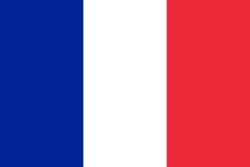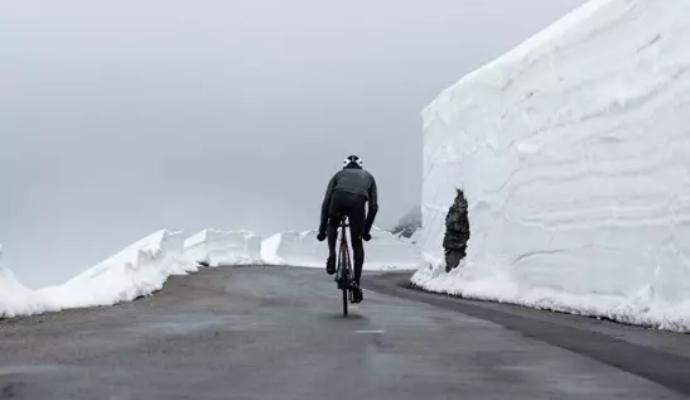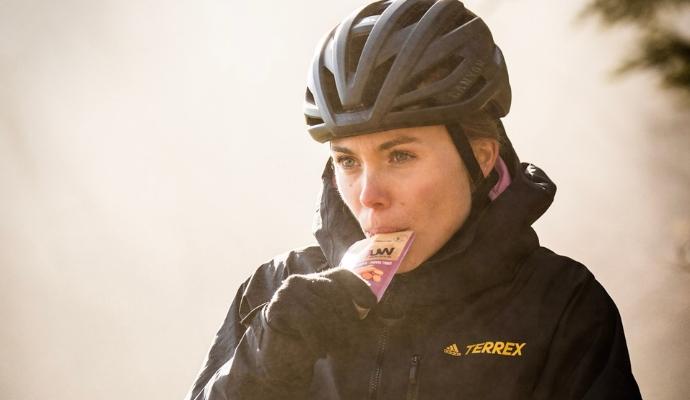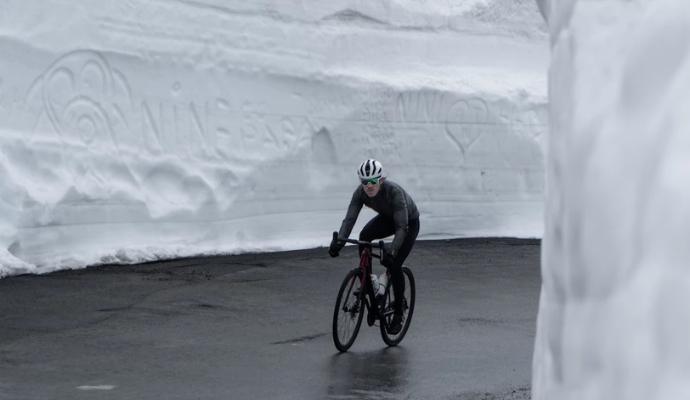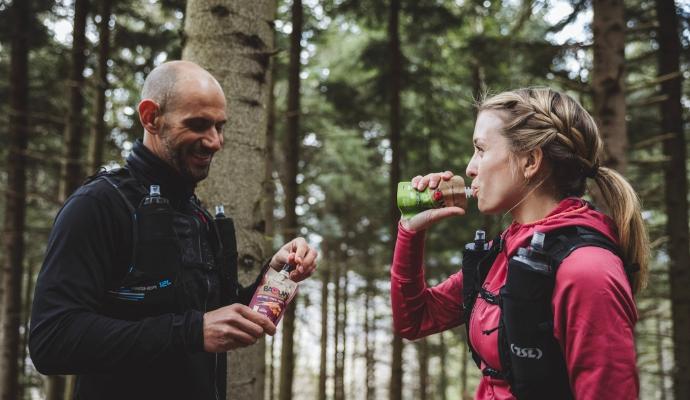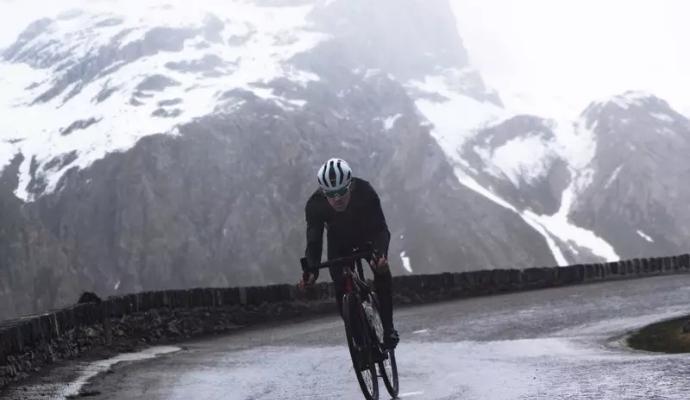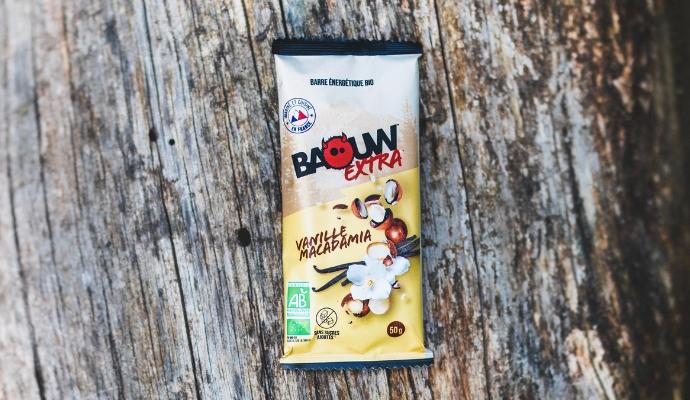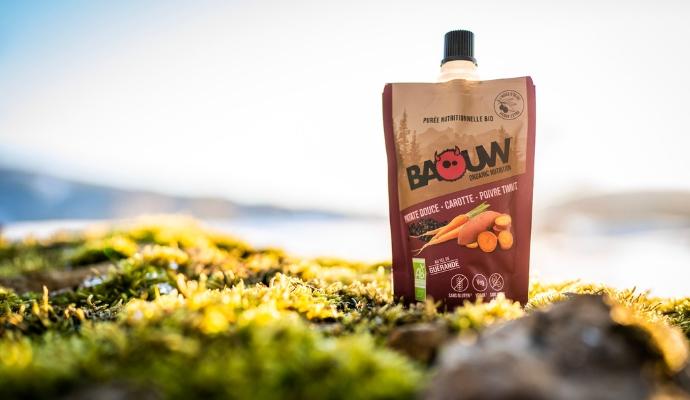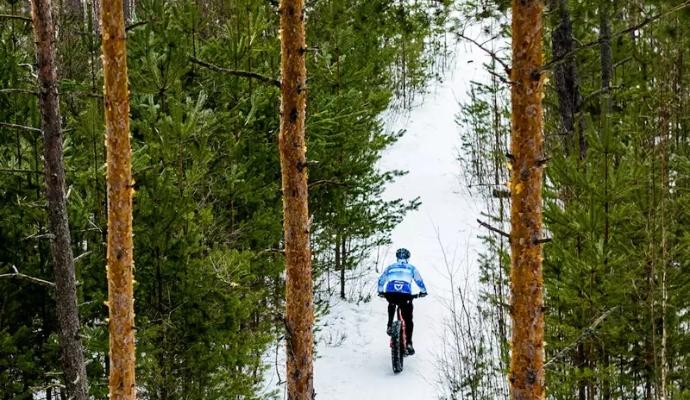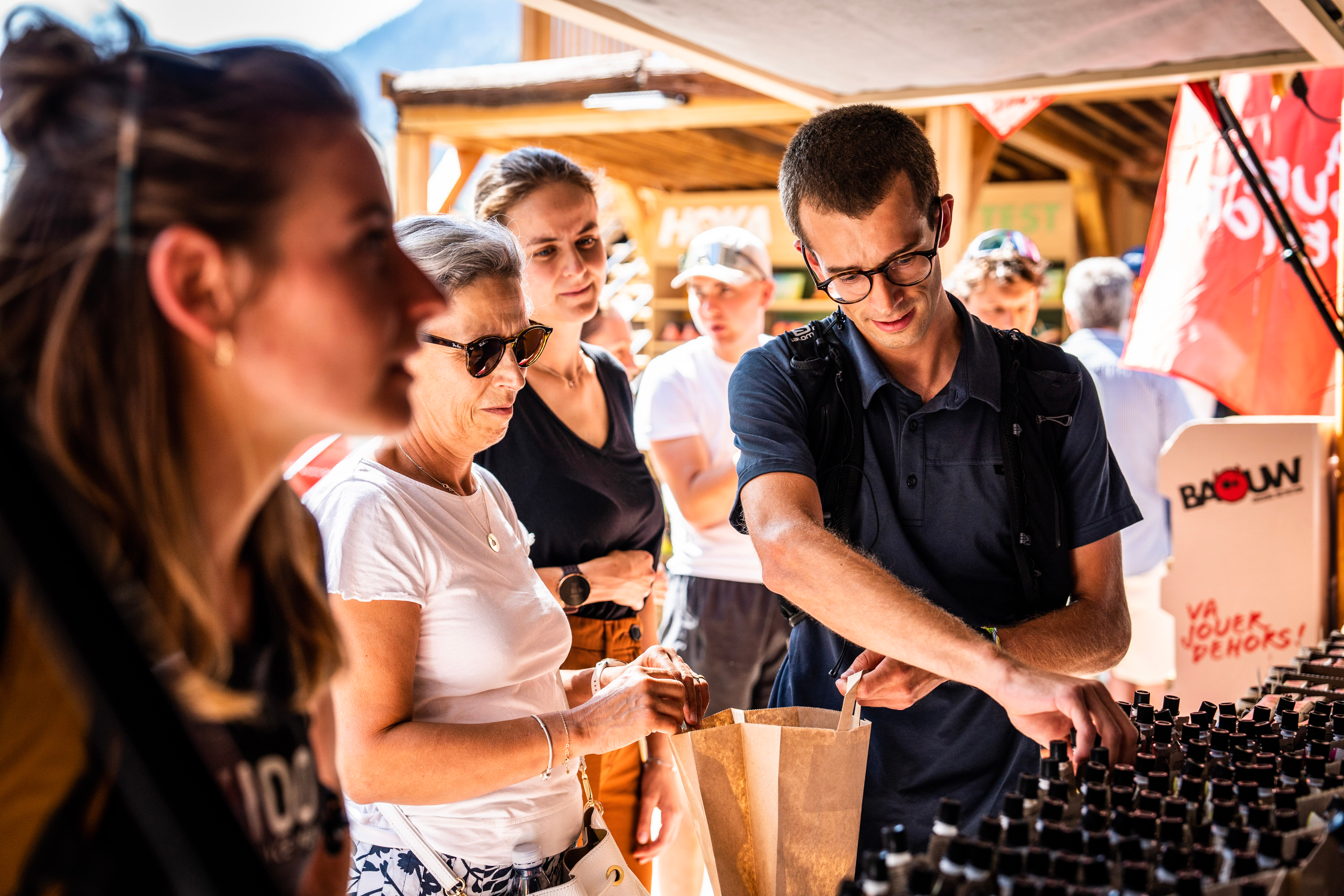PRACTICAL WINTER CYCLING ADVICE
Winter is a key period in a cyclist's preparation. Here's a practical guide to getting through this transitional season and arriving on your bike stronger in the spring.
By Myriam Cornu-Nave, journalist, and Benoît Nave, osteopath-nutritionist and former top-level cyclist (pre-selected for the Barcelona Olympics in 1992).
PRACTICAL GUIDE / WINTER CYCLING
Contents
- Tip no. 1 Cyclists' immunity to combat winter ailments (and the coronavirus)
- Tip 2 Lightness : the key to cycling
- Tip 3 Winter diet and weight gain for cyclists
- Tip 4 Change of equipment (bike, etc) and sports nutrition tests
- Tip 5 Physical preparation and training / Working on the fundamentals
- Tip 6 Sports to do in winter to perform well in cycling in spring
- Tip 7 Cycling position
- Tip 8 Objectives, how to set them correctly
- Tip 9 Cyclists' health
- Tip 10 Take inspiration from other cyclists
- Bonus The keys to success in cycling
Rouler l'hiver, c'est très bien ! C'est idéal pour ta graisse brune, on va t'expliquer ça. Mais il y a pas mal de conseils à intégrer pour bien se préparer et s'entraîner durant cette saison hivernale. © maxime.visuals
CYCLING TIP N°1 / COPING WITH WINTER AILMENTS (AND THE CORONAVIRUS)
Winter is a time when it's easier to fall ill:
This is due to the viruses in the air and the greater sensitivity of our immune system.
‘Especially after the festive season, when our digestive systems are often a little overloaded,’ explains Benoît Nave, Baouw nutritionist and former top-level cyclist. ‘And when you consider the extent to which the digestive system is linked to our immunity...
The moral is: you shouldn't want to put in a series of major efforts on the bike just after the festive season, saying: ‘Oh dear, I'm going to lose the weight I put on during the festive meals at the end of the year!
Anti-virus tips
‘Winter is always a time when we're more susceptible to viruses. This year, it's the coronavirus, but we also have gastros, flu... At this time of year, we are less exposed to the sun, vitamin D levels are lower, we eat a bit more richly, etc. We need to strengthen our immunity by using little tricks. We need to boost our immunity by using a few simple tricks. And vitamin D supplements when you've had a check-up (don't forget to have your zinc levels checked too)'
CYCLING TIP N°2 / LIGHTNESS: THE KEY WORD WHEN CYCLING
At the height of winter, we're going to treat ourselves to a 10-day detox. Ideally, you'd do it just after the festive season, but that's still fine!
‘It's a good idea to cut down on your training sessions and your diet, ‘ recommends the former racing cyclist, who has coached some of the biggest names in cycling, including Simon Gerrans, Mark Renshaw, Cyril Lemoineand others.
‘As close as possible to the festive season and from now on, if you haven't already done so, you can plan a few days of detox.
‘Lighten up for ten days or so: advice for cyclists of all levels’.
‘We're going to lighten up our training. We're mammals, it's winter, we're supposed to have a bit less activity, normally. Well, that's not really the case any more, with our modern lives, but all the same.
For ten good winter days, we're going to cut back on volume and reduce intensity. We're cutting our intensity sessions in half. '
Pendant ces 10 jours de détox cycliste, on va aussi alléger l’alimentation. On élimine la viande et le sucre.
Intermittent fasting, a great idea for cyclists
The extra super tip is to do a series of intermittent fasts during this 10-day cure.
Every other day.
- either have an early dinner at around 6.30 or 7pm and skip breakfast the next day (a carbohydrate-based dinner with raw vegetables, vegetables, soup and pulses).
- or have a good snack and skip the evening meal (carbohydrate-based snack, fruit purées, etc.).
‘If there's ever another confinement, this kind of cure is even easier to manage. But, in any case, it boils down to light training and light eating for 10 days.
Ideal for cycling, our savoury energy purée is a great addition to your exercise nutrition package. There are two other recipes: Pear-Apple-Mint and Raspberry-Strawberry-Basil, neither of which tastes too sweet on the palate, making a welcome change! (No added sugar, just the sugar naturally present in fruit). ©focal_77
CYCLING TIP N°3 / WINTER FOOD AND WEIGHT GAIN
‘The traditional winter weight gain is not necessarily a bad thing,’ explains the nutrition expert, who is now an amateur cyclist. ‘It's obviously cooler in winter. So, from December onwards, we need a little extra fat to protect us from the cold. The groundhog effect.
There are two types of fat:
- Yellow fat. Low-quality fat that accumulates when you eat too many cereal products, too much sugar and secrete too much insulin (and watch too much Netflix, too).
- Brown fat. This is the kind we make when we're often exposed to the cold.
‘So cyclists who continue to ride during the winter season, or who go cross-country skiing or ski touring regularly, are bound to accumulate a little extra brown fat, which makes perfect sense,’ says our in-house micronutrient expert. ‘It shows up a bit on the scales, but it's not serious at all. This fat will serve to
- protect yourself
- to provide the energy you need during outings when you're exposed to the cold and those when you're undergoing lipolysis’.
So the groundhog effect, yes, but with brown fat!
This little layer will disappear over the months and throughout the spring, when temperatures will gradually warm up.
How to eat (well) in winter
Foods that promote yellow fat (to be avoided)
- anything pro-inflammatory
- industrial food
- les aliments à indice glycémique élevé (donc à fuir pour tout le monde, d’ailleurs, cyclistes ou pas, pour préserver la santé).
Foods to be favoured during the winter season
- les omega 3, les graisses de bonne qualité, les petits poissons gras, l’huile d’olive de bonne qualité comme celle qu’on a sélectionnée pour nos barres et compotes énergétiques et qu’on vend sur la boutique.
« Les Esquimaux sont couverts de graisse brune et ils mangent beaucoup de petits poissons gras, par exemple » explique notre expert en nutrition sportive avant de poursuivre : « Donc, pour résumer, sur l’alimentation, on ne fait pas de gros efforts (sauf la petite période de detox), et sauf à établir des rituels santé à ancrer dans nos journées pour toute l’année, notamment en appliquant les
How to train well in winter to perform better in spring. ‘The winter period is a risky time for the cyclist's body,’ explains micronutritionist Benoît Nave, a former top-level cyclist. In action, our athlete Seb Jarrot. maxime.visuals
CYCLING TIP N°4 / CHANGING BIKES AND SPORTS NUTRITION TESTS
‘Winter is a period that can be devoted to changing equipment because you don't do much volume and no racing, so it's the ideal time to change your bike if you need to,’ advises our cycling expert. ‘It's the ideal season to improve or change what you need to improve on your equipment, and also to test your exercise nutrition.
Winter is obviously a period of reduced volume, with no races on the horizon in the short term, so it's a good time to change bike, saddle, crank length or any other adjustment...
‘ So that the body can get used to the new support points over a shorter period of time. For a few days, you need to think about planning sessions without high intensity, in addition to the reduced volume, so as not to cause injury’. And that's Benoit's biomechanical side talking ;)
Testing your exercise nutrition
‘We'll also be taking the opportunity to test our sports nutrition. We'll be able to try new brands of energy products and new recipes. See what goes down well during training, test nutritional protocols’.
Perhaps the opportunity to switch to something much more natural, organic? To preserve his health as a cyclist over the long term and be able to continue riding for a long time and stay competitive? It's also a chance to try out new tastes, totesting salty products, if you're a bit fed up with sweet things on the bike. To compare different recipes for energy bars or sports compotes (to testl'ensemble de notre gamme énergétique Baouw, par exemple, tu peux prendre ce pack31 € per pack with real energy bars and compotes, not samples).
‘You'll also be able to establish habits, test your movements, the way you store and use sports nutrition products afterwards, on your bike.
Choosing the right fuel all year round is a real factor in performance, but also in general well-being. It's the right time to establish good habits, both in training and in competition !
CYCLING TIP N°5 / WORKING ON THE FUNDAMENTALS
Work on the basics.
Work on the points that you don't have time to work on at the height of the season, when you're really into it and enjoying the ride!
We take advantage of this period when, generally, we can't do very long rides to focus on quality. ‘After the 10-day detox period, we'll start again. We're going to work on the fundamentals of cycling and sport in general.
Working on the fundamentals means working on the elements that will enable us to effectively implement the quality or volume sessions that will come later in the season,’ says Ben, before adding: ’So, for example, we're going to train to develop explosive strength, strength, and incorporate very high-intensity sessions, to work on maximum power. Work on maximum power.
Work on all aspects of deep sheathing, general physical preparation and muscle strengthening.
‘They say you need 8 to 10 quality sessions in a specific area (for example, explosive strength or strength sessions) to be able to start getting interesting effects.
So we plan on two to three sessions a week over a 4-week block, with explosive strength dominating, for example.’
Example of a winter cycling training session
- If you can ride or are motivated to ride on a home trainer
Warm up thoroughly, about 15 minutes on the home trainer (about 30 minutes on the road).
Do a series of, say, 4-5 exercises (increasing as the session progresses). Start almost at a standstill, with the big chainring. With a very large gear. And one of the smallest sprockets. You start from 0 km and, over 7 or 8 seconds, you accelerate as much as possible in the seated position. You do everything you can to accelerate. You make an effort for 7-8 seconds and then recover for 4 minutes by pedalling calmly.
‘You need to recover almost completely to reintegrate creatine phosphate, which is the energy substrate for these very short efforts,’ advises Benoit. ‘You do it 4 or 5 times for the first time and you can gradually build up to 8 or 10. Not much more than that, as these efforts are very costly on the bike’.
For a little dreaming, check out the short video of Nicolas Roux, Baouw ambassador (two-time winner of L'Étape du Tour), on his Grande Traversée des Alpes.
If you're familiar with the energy bars made by our cycling athlete Nicolas Roux, winner of the Paris Roubaix Cyclosportif, come and discover our 10 fruity or savoury recipes! I taste it !
CYCLING TIP NO. 6 / WINTER SPORTS FOR SPRING PERFORMANCE
‘For those who like running and know how to run, running can be a great complement to cycling.
It allows you to work on your support tone, which cyclists generally lose over time ’, recommends Ben, a keen trail runner.
Mountain biking is obviously a very good choice for road cyclists too.
‘And for those who live close enough to the mountains or can afford to do short, high-volume mountain blocks, I recommend cross-country skiing and ski touring.
With ski touring at the top of the list. It's extremely complementary to cycling.
In ski touring, you work on an essential component of a cyclist's performance: strength and strength endurance.
Cross-training for cyclists: running or ski touring?
Preferably ski touring. Hence the extraordinary performance of our 22-year-old Baouw athlete Arthur Blanc. He has never taken out a cycling licence in his life. And he'll be making his National 1 debut straight away this year.
‘He's got the world ski-mountaineering championships in his sights,’ warns his coach, Benoît Nave, ’but he'll be joining a pro team this summer.
‘Arthur was European vice-champion in ski-mountaineering as a junior. He has developed all his aerobic qualities, as well as his strength and power on skis, with a very small complement of cycling but with very limited volumes compared to those of a classic cyclist’.
And this summer, he achieved some fantastic performances on climbs!
Il possède à son actif la meilleure perf absolue chez les amateurs sur la grimpée de l’Alpe d’Huez : c’est lui qui a battu le record cette année.
5 recipes for fruity energy bars, 5 recipes for savoury bars, an effort purée with Guérande salt, two fruit energy compotes: that's the Baouw sports nutrition range, ORGANIC and not disgusting on the bike! Flavours developed by a two-Michelin-star chef trained in triathlon and trail running. Ideal for relaxed cycling. For the best and the hardest ©focal_77
CYCLING TIP N°7 / AN EFFICIENT AND COMFORTABLE PEDALLING POSITION
‘I see a lot of riders in amateur pelotons who don't seem to have the right bike position to pedal efficiently. Or to protect themselves from injury.
And I see them end up in the surgery afterwards, with back pain, for example... tendon pain, tension in the shoulders...’ warns Benoit, who is also an osteopath.
How do you adopt the right position on your bike?
‘So... we all have our own particular biomechanical morphology, so it's difficult to give precise practical advice.
I'd recommend that you call on the services of a professional bike positioner.
There are a few in France, and I'm thinking in particular of Joel Steve, who works in a rather unusual way. I think it's a good solution.
Joel Steve works in collaboration with cycle shops and travels to these retailers in France. He makes his rounds all over the country and you make an appointment with him in your specialist cycle shop.
Alors branche ton magasin de cycles sur ce bon plan ! (Et n’oublie pas de lui parler des Baouw, s’il ne les vend pas déjà, ah ah).
Pour bien progresser, en cyclisme, l'hiver est une période-clé. S'inspirer des conseils de spécialistes, tester de nouvelles choses, le calme relatif de la saison est très bénéfique pour nourrir son bagage à vélo. L'aspect technique de la discipline est très important et peut être favorablement travaillé en cette saison froide. ©maxime.visuals
Discover our organic energy bar perfect for cycling. ‘For cycling, the Blueberry-Hazelnut-Fir Bud bar is delicious: fruity and sweet, it doesn't leave a taste of sugar (it simply contains the natural sugar of fruit, quite naturally, with no added sugars)’ advises Benoît, Baouw's nutritionist and former cycle racer.
CYCLING TIP N°8 / HOW TO SET YOUR OBJECTIVES
Winter is an important time to draw up your annual plan so that you don't go off in all directions.
How do you set your goals?
Qu’ils soient en terme de compétition ou de programme plus personnel : l'Omomarto, la French Divide, la Haute Route des Alpes, une étape du Tour, des grimpées de cols, le Gran Fondo, mais aussi un tour de France à vélo, traversée des Alpes, les châteaux de la Loire à vélo, la voie cyclable Euro Vélo 3 qui sillonne l'Europe (de Trondheim à Saint-Jacques de Compostelle) ou toute autre belle idée !
Setting real goals and keeping them in sight will help you to cope with regular training and not give up.
‘Having plans, especially in these gloomy times of coronavirus, when morale takes a hit, is essential.’
‘It's very important to do that, to set yourself goals, because that's also what's going to determine how you plan your winter training or your outings if you're not competing but you have cycling projects with friends or the kids, for example,’ stresses Benoît Nave.
‘Including very specific aspects. Let's say, for example, that you've planned an event this summer with multiple climbs or a route of this kind on a cycling itinerary. With fairly high average gradients. Given that, the strength endurance aspect is going to be a predominant element in the success of your event or your cycling project. Your objective. So you're going to have to think very early in the season about incorporating into your preparation everything that will help improve your strength endurance for D-Day. And that means working on it this winter, otherwise you're going to end up with your beak in the water, on your bike. It seems obvious, but well...’.
In these uncertain times of coronavirus and confinement, what our coach recommends is to draw up a list of dream objectives and stick to them. To keep your spirits up and your motivation high. ‘An event that makes you dream this year will probably make you dream next year. And you'll have had twice as much time to prepare... Two years to prepare is obviously even better.’
MY CYCLING COACH'S TIPS FOR SETTING THE RIGHT GOALS
My little tips for setting realistic but audacious goals.
- Focus on your strengths, not your weaknesses
In what areas do you perform best?
Are you a climber, a rouleur or a sprinter?
Determine the type of terrain on which you think you perform best and set yourself a target in that area. That way you can really enjoy yourself.
The key is to optimise your qualities in the chosen area.
- To set the right goals, this winter we're going to look back over the last few years and analyse how we've developed.
- Another part of the decision: choose an event that's completely new to you, in a field that suits you, on terrain where your qualities can shine through, in a place that's new to you, so that you're motivated by novelty, curiosity and the desire to discover.
by Benoit Nave, former coach to Simon Gerrans (Tour de France stage winner and yellow jersey) and Mark Renshaw (Mark Cavendish's pilot fish).
CYCLING TIP N°9 / CYCLISTS' HEALTH
This quiet period of winter is the ideal time to sort out all the little aches and pains, with the therapist of your choice: general practitioner, micro-nutritionist, osteopath...
Anything that recurs should raise a red flag. And be treated.
Cyclists' aches and pains, common complaints, tendonitis, recurring worries, chronic weaknesses. A niggling Achilles tendon, a bum knee, fatigue... A drop in motivation... Little moments of depression. Regular bouts of feeling down. All this can be caused by a deficiency of some kind.
- If you suffer from chronic imbalances, whether in your immune system or your digestive system, if you often pick up little nasty things, it might be a good idea to consult a micro-nutritionist.
- If it's mechanical: go and see your GP, who will be able to point you in the right direction, or your osteopath.
TIP NO. 10 / TAKE INSPIRATION FROM OTHER CYCLISTS
Tip number 10, get inspired and gather information.
The specialist press, YouTube, social networks: winter is a good time to feed yourself from this point of view. To acquire knowledge.
It doesn't have to be just about the big races or the top cyclists.
(To help you relax, here's a video from Jeune Cycliste Dynamique that we really enjoyed. It's great fun!)
Take inspiration from excellent cycling strategists to progress
‘We can analyse the use of pedalling cadences by Christopher Froome or Primoz Roglich, for example.
These cyclists optimise their cadences according to their level and the amount of effort they need to sustain on the bike.
We can see that when the power levels to be developed are very high, Roglich increases his cadence rather than increasing his gear ratio. You can reproduce this on your bike. Work on this. Improve the efficiency of your pedalling at high cadences’.
Cycling is a highly technical sport, and we mustn't forget that if we want to progress.
Learning, improving your skills and your overall knowledge will make it easier to practice your sport. And enable you to better integrate all the elements we've discussed above.
BONUS: THE KEYS TO SUCCESS IN CYCLING
Feeding the mind. ‘It's a point that's very dear to me and that I've used a lot with my athletes, not just in cycling, as I've also used it with Xavier Thevenard for the ultra-trail, for example. I get athletes to think about their race successes.
It's a discipline that's a bit ignored, which is a shame.
You have to dream about your races or your itineraries. You have to imagine your projects in your head, and then work out how to achieve them in detail. You can start visualising them a long time in advance.
This will help to sustain motivation when the sessions become difficult.
The approach to mental preparation for cyclists
Take, for example, the objective for the season that you've set yourself. You can visualise yourself on this event, at the key moments of the competition, seeing yourself pedalling with ease and getting over the passes and obstacles in the best possible conditions. You can see yourself riding with a smile on your face and enjoying it.
The power of our brain is incredible! It creates what we want. In a quiet moment or in the evening at bedtime, you can visualise an ideal race or a dream Alpine crossing. .
You imagine yourself in ‘flow’ (a theme dear to Baouw: those moments of ecstasy when everything works like a dream, that state of grace). .
Ça marche à tous les niveaux et pour tous les sports. Y compris le sport de la vie ! » conclut Benoit Nave, cycliste heureux et accompli.
Discover Sweat potato - Carrot - Timut pepper puree. 'It's ideal for winter cycling, with its slightly denser texture and its warming flavour when you're cycling in cold weather‘, recommends nutritionist Baouw, 'We also like to switch from ”sweet’ tastes to this original Guérande salt product when we're cycling’.
Cycling in winter is a good idea, if you take into account the specific characteristics of the season. It's a time of year when viruses of all kinds are rife, and cyclists are more susceptible to them. @unsplash
THE AUTHORS OF THIS PRACTICAL GUIDE FOR CYCLISTS IN WINTER
Benoît Nave, nutritionist (European Diploma in Micronutrition, Food and Health Prevention from Paris-Descartes University) and former racing cyclist.
A former racing cyclist, he has coached some of the biggest names in cycling, including Simon Gerrans, Mark Renshaw, Maxime Bouet and Cyril Lemoine, and worked with mountain bikers such as Cadel Evans, Anne-Caroline Chausson, Kashi Leuchs and Christoph Sauser, all of whom hung a bunch of medals around their necks back in the days of the Volvo Cannondale mountain bike team!
Read teamOlivier Haralambon, ow editor-in-chief of the French Cycling Federation's magazine,France cyclisme. (link fédér)
Myriam Cornu-Nave, journalist specialising in outdoor sports.
Photos credits : Seb Jarrot, Baouw baouw, Le cycliste tricolore@maxime.visualsfocal_77(follow on Instagram)


